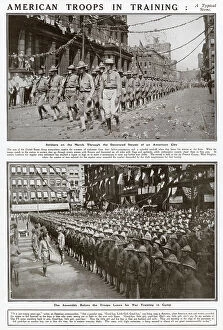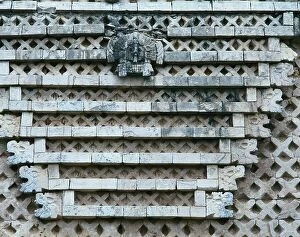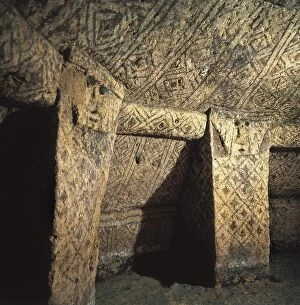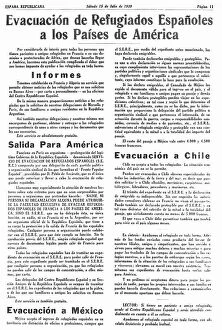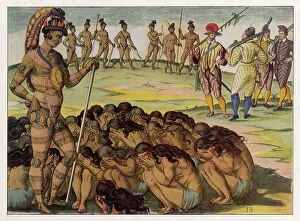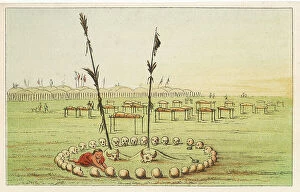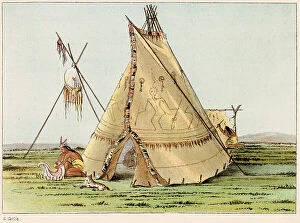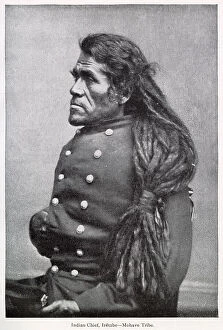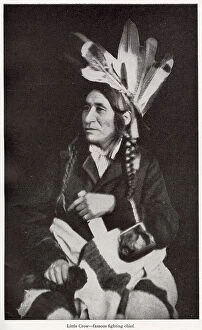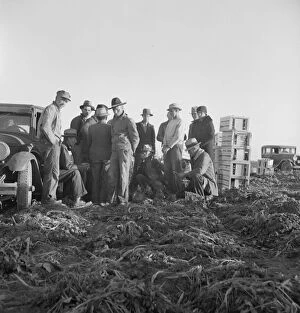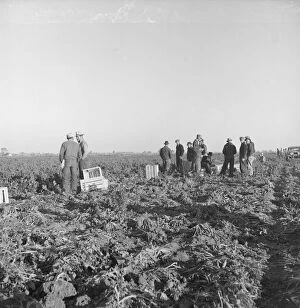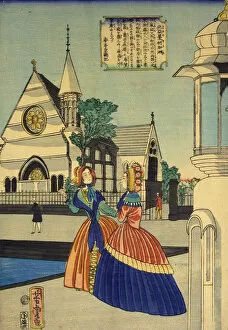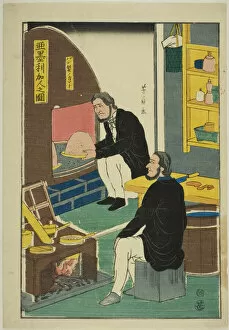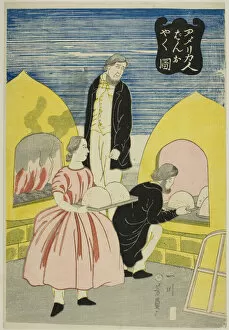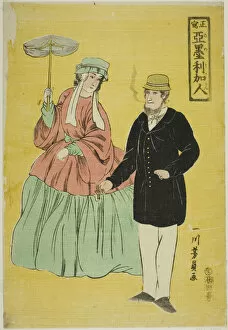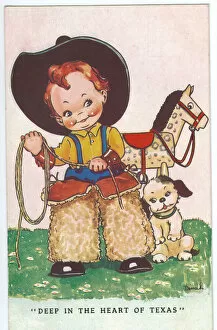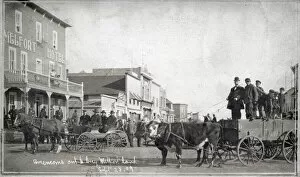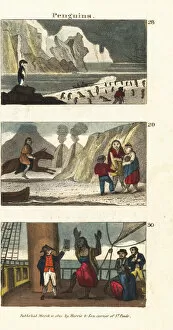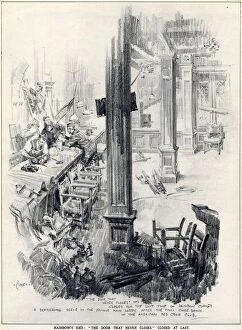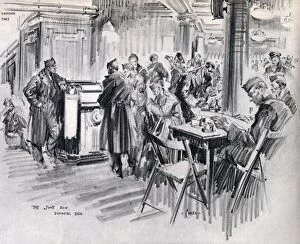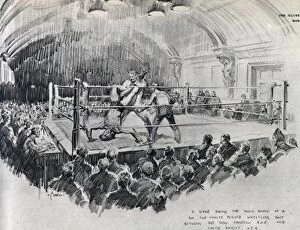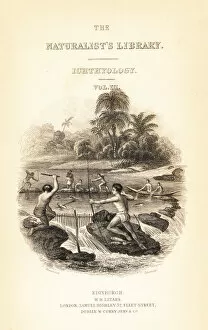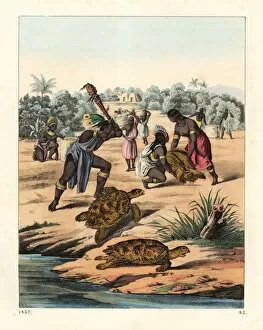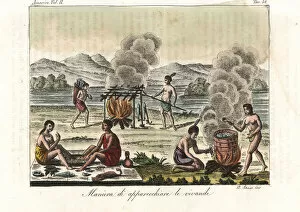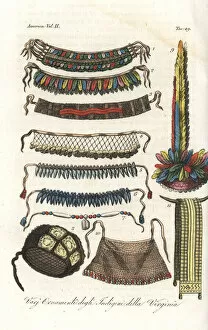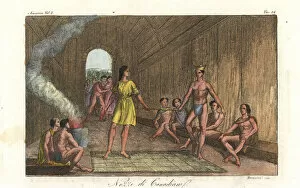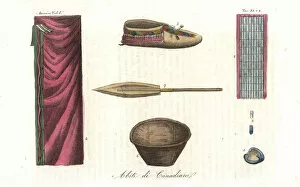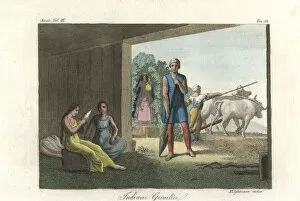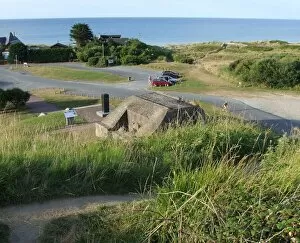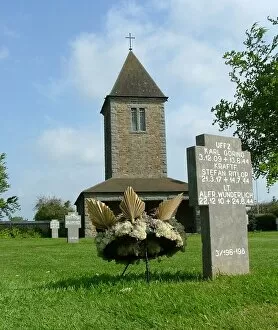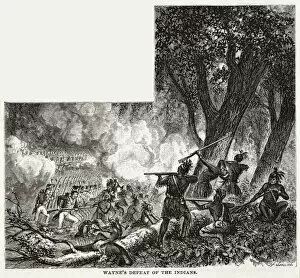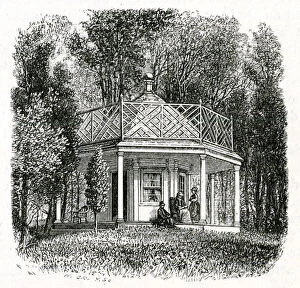Americans Collection (page 4)
"Exploring the Multifaceted Identity of Americans
For sale as Licensed Images
Choose your image, Select your licence and Download the media
"Exploring the Multifaceted Identity of Americans: From Rivera's Art to Native American Legends" From Diego Rivera's captivating murals depicting the Totonaca Civilization to Geronimo, a revered figure in Native American history, they have a rich tapestry of cultural influences. Tango, originating in Argentina but embraced by Americans since 1912, showcases their love for diverse dance forms. The Codex Borgia offers insights into ritual and divinatory practices of Mesoamerican civilizations that continue to shape American spirituality. Meanwhile, Rocky Marciano's postcard symbolizes the indomitable spirit and resilience often associated with Americans. Tupac Amaru II's portrait serves as a reminder of America's struggle for independence and equality throughout its history. Mrs Kennedy and her deb daughters epitomize elegance and grace within high society circles. Lawrence Tibbett at Cap D Antibes highlights America's contribution to the world of opera while showcasing their global reach. In Diego Rivera's artwork on the Totonaca Civilization, we witness how ancient cultures influence modern-day perceptions. However, not all aspects are admirable; "Robbing and Scalping" represents dark chapters in American history that cannot be overlooked or forgotten. The image of an American society wedding taking place in London reflects the far-reaching impact of American culture beyond its borders. Lastly, a postcard from 1913 featuring a woman riding a bull captures both strength and audacity—an embodiment of the pioneering spirit often attributed to Americans. These hints offer glimpses into various facets—artistic expressions, historical figures, societal norms—that contribute to shaping what it means to be an American today: complex yet vibrant amalgamation rooted in diversity and perseverance.

